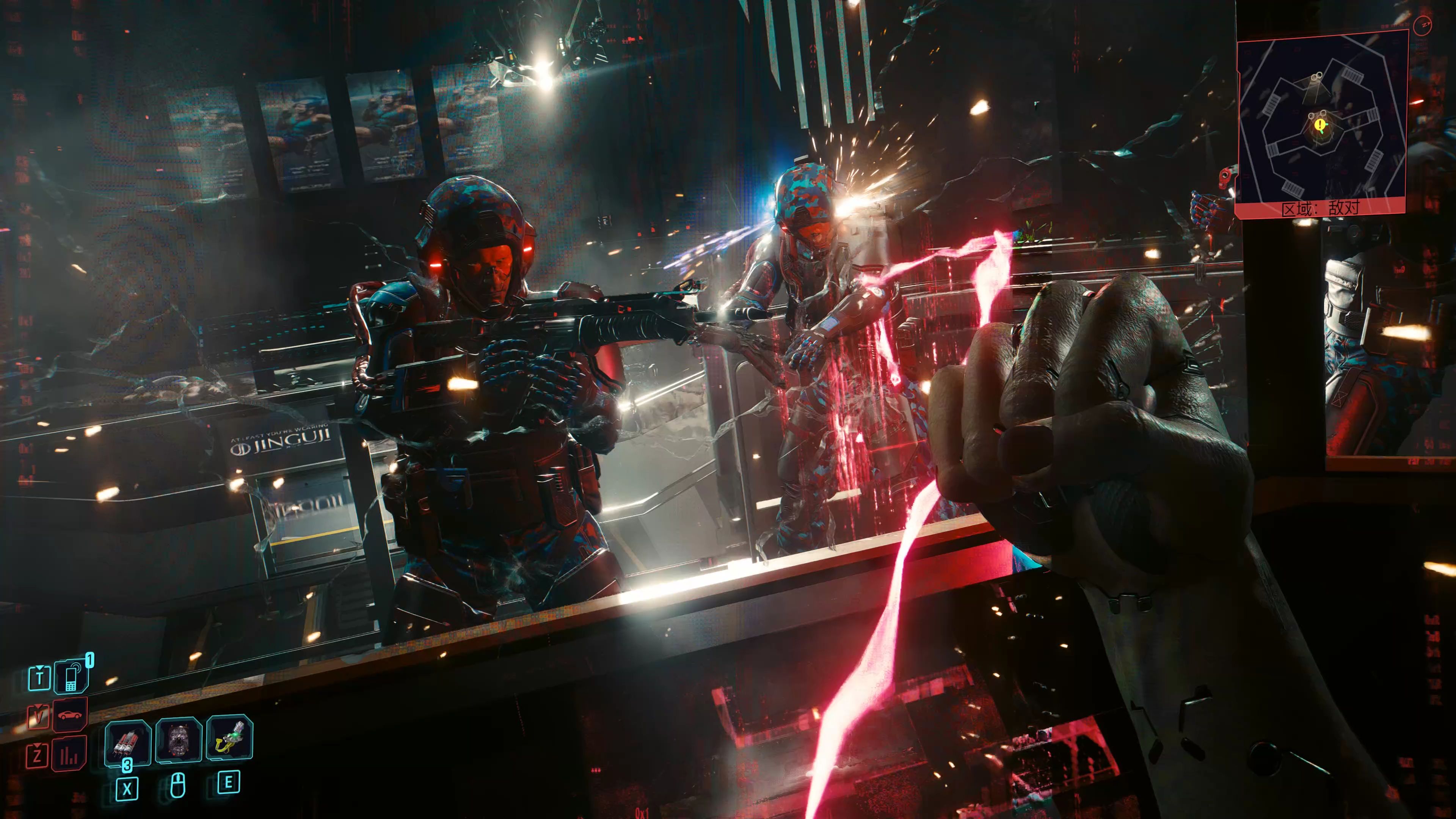Torment: Tides of Numenera – A Worthy Spiritual Successor
The legacy of Planescape: Torment is one of the most revered in the history of role-playing games. Its deep philosophical themes, intricate narrative, and unforgettable characters set a benchmark for storytelling in video games. When Torment: Tides of Numenera was announced as its spiritual successor, expectations were astronomically high. Developed by inXile Entertainment and released in 2017, Tides of Numenera sought to capture the essence of its predecessor while forging its own identity within the bizarre and wondrous world of Monte Cook’s Numenera setting.

A Legacy to Uphold
Planescape: Torment was a game that defied conventions. Instead of focusing on combat and loot, it prioritized narrative depth, moral ambiguity, and existential introspection. The protagonist, the Nameless One, was an amnesiac immortal grappling with questions of identity, regret, and redemption. The game’s writing was unparalleled, filled with rich dialogue, philosophical musings, and a world that felt alive with strangeness.
Torment: Tides of Numenera inherits this tradition by placing storytelling at its core. The game asks similar existential questions—What does it mean to be human? Can one escape their past?—but frames them within the surreal, science-fantasy world of the Ninth World. The protagonist, the Last Castoff, is a discarded vessel of the Changing God, an enigmatic being who transfers his consciousness between bodies to evade death. Like the Nameless One, the Last Castoff is a blank slate shaped by player choices, though their journey is distinct in both theme and execution.
The World of Numenera: A Strange and Beautiful Canvas
One of Tides of Numenera’s greatest strengths is its setting. The Ninth World is a place where the remnants of eight prior civilizations—each more advanced than the last—lie buried beneath the earth, their technology indistinguishable from magic. The game embraces this weirdness, presenting players with bizarre creatures, sentient machines, and landscapes shaped by forgotten sciences.
Locations like Sagus Cliffs and the Bloom are dense with lore and mystery. The Bloom, in particular, is a highlight—a living, city-sized organism that serves as a hub for the game’s later acts. Its grotesque beauty and unpredictable nature make it one of the most memorable RPG environments in recent years. The writing excels in making the world feel alive, with every character, no matter how minor, offering insights into the setting’s strangeness.
The Tides: A Unique Moral System
Instead of traditional morality systems like Dungeons & Dragons’ alignment chart, Tides of Numenera introduces the Tides—a fluid, color-coded representation of the player’s actions and personality. The five Tides (Blue, Gold, Indigo, Red, and Silver) reflect different philosophical approaches, such as empathy, logic, passion, or dominance.
This system avoids binary "good vs. evil" choices, instead tracking how the player’s decisions shape their character’s worldview. While not as mechanically impactful as some might hope, the Tides add a layer of nuance to role-playing, encouraging introspection rather than simple reward-driven morality.
Companions and Character Depth
Like its predecessor, Tides of Numenera features a cast of deeply flawed, fascinating companions. Rhin, a young girl with a mysterious past; Aligern, a warrior bound by oath; and Matkina, a ruthless assassin with her own code—each has their own arc and reacts dynamically to the player’s choices. The writing shines in their interactions, with dialogue that ranges from poignant to darkly humorous.
However, some companions feel underutilized compared to Planescape: Torment’s iconic party members. While characters like Callistege (a woman split across multiple dimensions) are conceptually brilliant, their development sometimes lacks the emotional weight of, say, Morte or Dak’kon. Still, the companions remain one of the game’s strongest aspects, offering meaningful relationships that evolve based on player decisions.
Gameplay: A Step Forward and Back
Tides of Numenera uses a modified version of the Numenera tabletop RPG system, emphasizing skill checks, dialogue, and non-combat solutions. Combat is turn-based but infrequent, reinforcing the game’s focus on narrative over brute force. While this approach stays true to Planescape: Torment’s spirit, the combat mechanics themselves are underwhelming—functional but lacking depth compared to modern CRPGs like Divinity: Original Sin 2.
Where the game truly excels is in its problem-solving. Many challenges can be bypassed through persuasion, stealth, or creative use of the Numenera (mystical artifacts). This freedom reinforces the game’s philosophy that violence is rarely the only answer, a refreshing departure from typical RPG design.
A Spiritual Successor, Not a Replica
Torment: Tides of Numenera does not seek to replicate Planescape: Torment beat-for-beat. Instead, it carves its own path, embracing the Numenera setting’s weirdness and exploring new thematic territory. It stumbles in places—combat feels tacked-on, some companions lack depth, and the pacing drags in the later acts—but its ambition and writing make it a worthy successor.
For fans of narrative-driven RPGs, Tides of Numenera is a rare gem. It may not surpass Planescape: Torment, but it honors its legacy by daring to be different. In a medium often dominated by action and spectacle, this is a game that values ideas, introspection, and the power of a well-told story. And in that regard, it succeeds magnificently.














